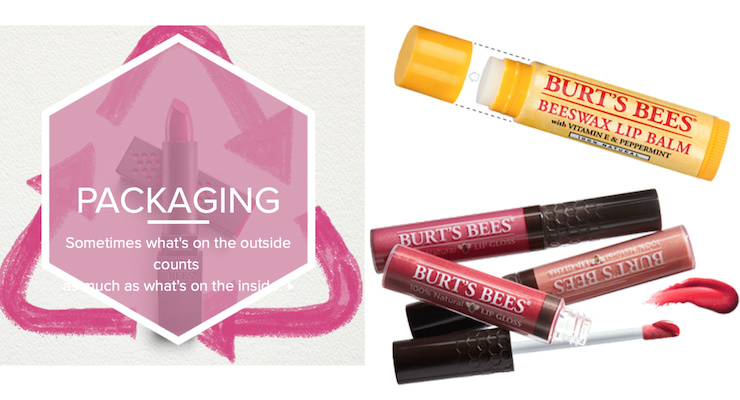Burt's Bees, a part of the Clorox family of brands, has released its latest sustainability report. The 2020 Impact Report highlights the brand's achievements through 2020—and includes '2025 Impact Vision.'
Burt's Bees says it will be 'plastic-neutral' by 2025. It will reduce its use of virgin materials in packaging by 50% by 2030, and 33% by 2025. These initiatives were developed in alignment with the Ellen MacArthur Foundation's New Plastics Economy Global Commitment, which sets a vision of a circular economy for plastic.
Paula Alexander, Burt's Bees senior director of sustainability, says, "The challenges of the pandemic have heightened the importance of protecting nature as a resource...That's why we've chosen to focus on systemic changes across our supply chain while working toward a circular economy—to enable a more connected and stable relationship between people and nature."
Burt's Bees is Launching Its First Waste-Free Product in Partnership with Loop
Available early March, the new Truly Glowing Gel Cleanser, currently in a plastic tube, will come in a reusable glass bottle. The brand says even its delivery will be "waste-free," as well as the return process. This package's return process is in partnership with Loop.Another notable innovation is its Rescue Lip Balm package, which is a new hybrid tube featuring bioresin from upcycled potatoes and post-consumer recycled content.
Burt's Bees Packaging Is Recyclable, With 50% Recycled Materials
Burt's Bees has already accomplished ambitious goals—the brand's achievements through 2020 include:- Packaging uses 50% recycled materials on average— and is all recyclable curbside or through TerraCycle
- Formulas average 99.6% Natural Origin
- Has maintained landfill-free operations since 2010
- Provides $4.1 million in grants to protect biodiversity and connect people to nature
Heading Toward a 'Climate-Focused' Future, Responsible Sourcing, & More
Burt's Bees is joining forces with The Recycling Partnership, in an effort to improve the recycling rate for its products, by consumers. The brand will help fund infrastructure improvements in U.S. municipal recycling systems.The brand's measurement and accounting methodology aligns with the recently launched Plastic Waste Reduction Standard.
Burt's Bees has also transitioned to 100% Renewable Electricity as of January 2021. Clorox has a 12-year, 70-megawatt virtual power purchase agreement with Enel Green Power, which is helping to put solar on the grid in Texas. Burt's Bees is also CarbonNeutral certified.
The brand also focuses on responsible sourcing and is a founding member of the Global Shea Alliance. To date, Burt's Bees has visited 115 sites in 25 countries to trace and monitor raw materials—including almost all wax (96%) and butter (97%) sources—and nearly half of all of directly purchased wax, butter and oil sources combined globally.
Alexander adds, "We envision a world where people are doing well by nature and for nature, without compromise. This is the legacy of our founders who prized nature for its restorative benefits and to this day help preserve wilderness for future generations."
Burt's Bees co-founder, Burt Shavitz, passed away in 2015. He created the brand's first product, Beeswax Lip Balm, in 1991.
Read More: An Interview with L'Oreal's Phillippe Bonninque
How L’Oréal Is Accelerating Its Sustainable Mission: An exclusive interview with Philippe Bonningue, L’Oréal’s Global Director of Sustainable Packaging, discussing sustainable initiatives, eco-design & more.




























